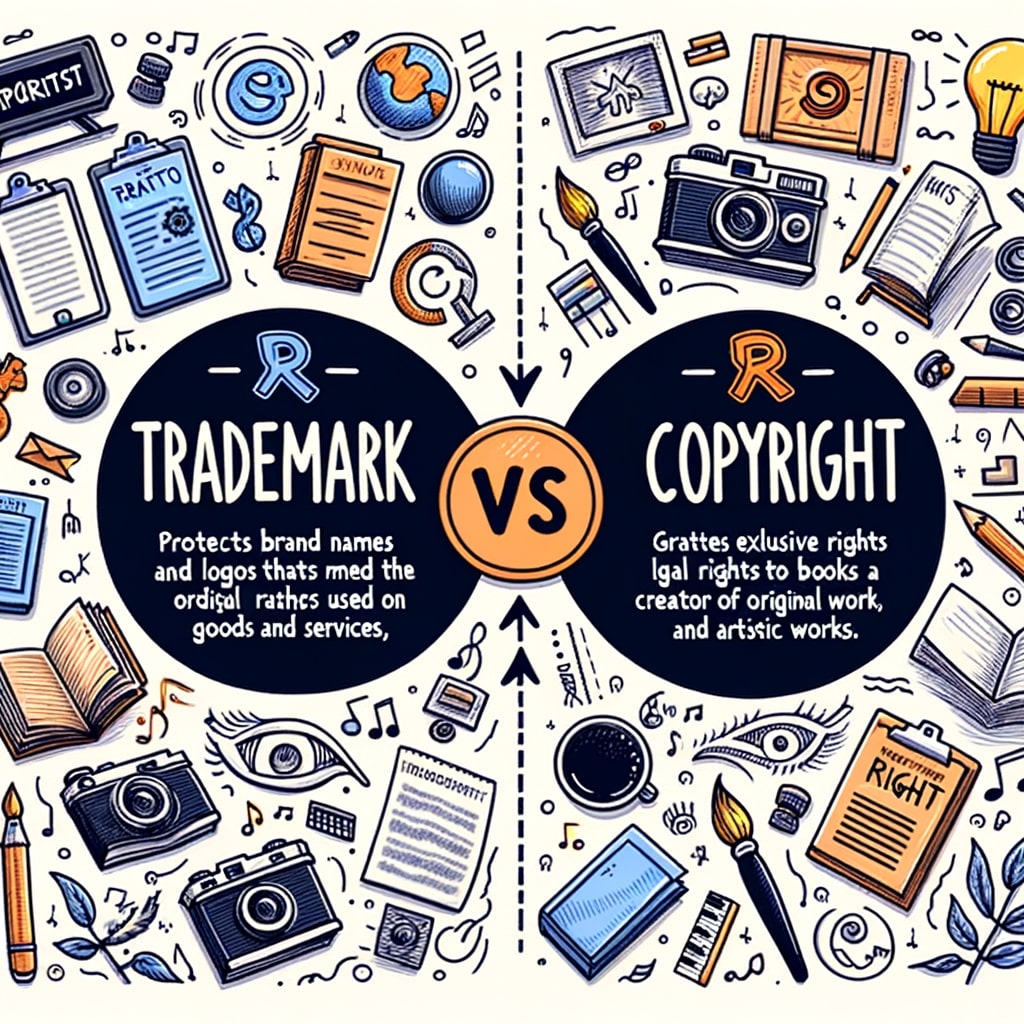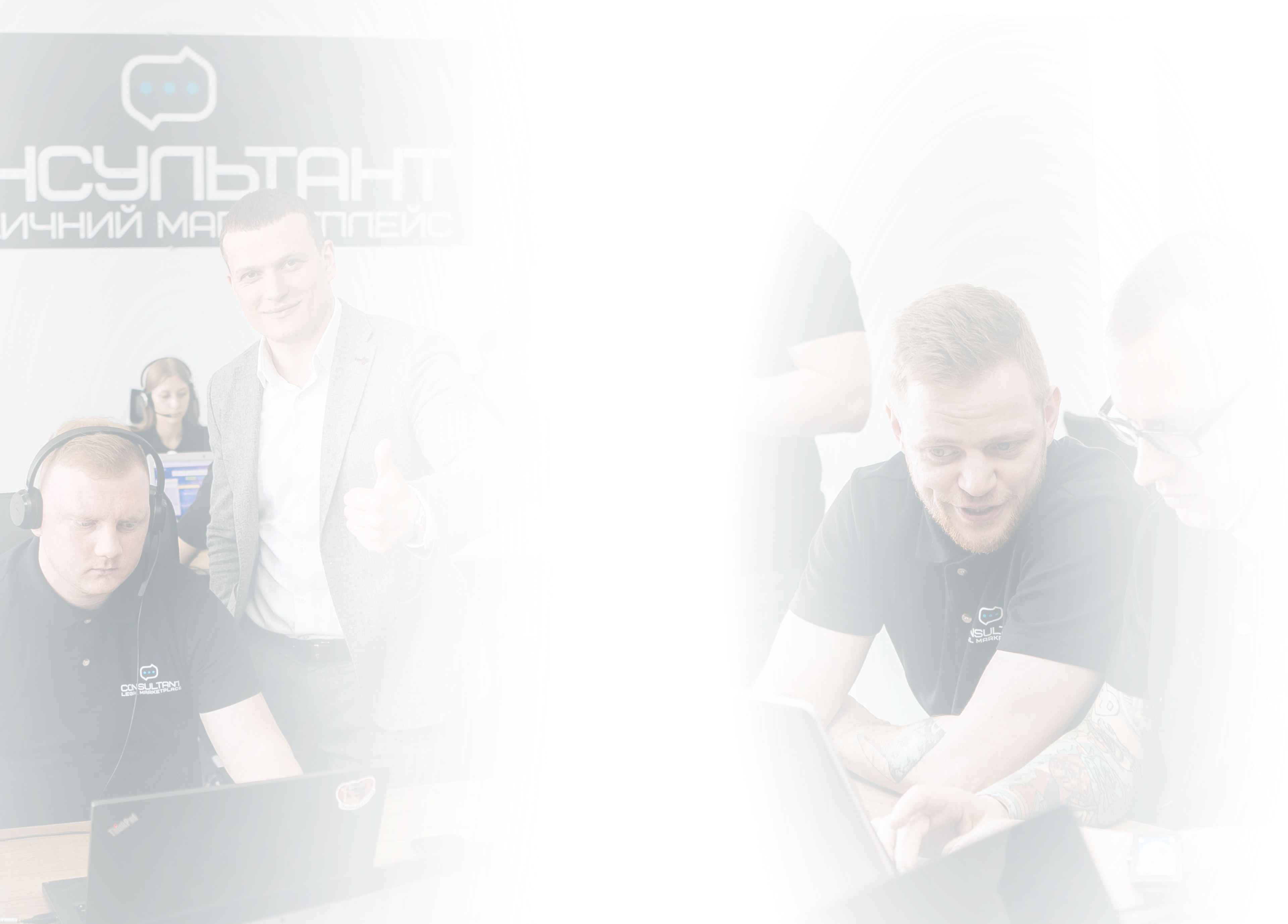Understanding Copyright and Trademark: Essential Protections for Your Creative and Business Identity
In the dynamic landscape of business and creativity, protecting your innovative works and brand identity is paramount. Two primary legal tools serve this purpose: copyright and trademark. Understanding the distinctions between these protections, how they function, and the advantages they offer can empower businesses and creators to secure their assets effectively. This article delves deeply into the key aspects of copyright and trademark law, explaining their scope, application, registration processes, and practical significance for individuals and companies alike.
What Is Copyright?
Copyright is a form of intellectual property protection granted to original works of authorship. It covers a wide array of creative outputs including literature, music, art, films, software, architectural designs, and other expressive works. The primary purpose of copyright is to secure the exclusive rights of creators to reproduce, distribute, perform, display, and prepare derivative works based on their original creations.
One fundamental characteristic of copyright is its automatic nature. Under current laws, copyright protection arises automatically the moment an original work is fixed in a tangible medium of expression. This means that as soon as a book is written, a song is recorded, or a design is created and documented, the creator holds copyright protections without the need for formal registration.
Scope of Copyright Protection
Copyright protects the specific expression of ideas, not the ideas themselves. For example, the words used in a novel are protected, but the underlying themes or concepts are not. This distinction allows others to create works inspired by general ideas without infringing on a copyrighted work, provided they do not copy the original expression.
The duration of copyright protection varies based on jurisdiction, but in many countries, including the United States, protection generally lasts for the life of the author plus an additional 70 years. For works created by corporations or as works for hire, the term is typically 95 years from publication or 120 years from creation, whichever is shorter.
Benefits of Registering Copyright
Although copyright exists automatically, registering your work with the relevant government office, such as the U.S. Copyright Office, provides significant advantages. Registration serves as public notice of ownership, establishing a legal record of your claim. It also enhances your ability to enforce your rights in court, including eligibility for statutory damages and attorney’s fees in infringement lawsuits. Furthermore, registration may be necessary before initiating certain legal actions against infringers.
Registering copyright can be particularly instrumental for businesses and creators who distribute their work widely or rely on it as a primary source of revenue. It also facilitates licensing agreements and partnerships by clearly establishing ownership and rights.
What Is a Trademark?
While copyright protects creative works, trademarks safeguard the distinctive elements that identify and distinguish products or services in the marketplace. Trademarks encompass names, logos, slogans, designs, symbols, or combinations thereof that represent a brand. Their principal function is to help consumers recognize the source of goods or services and to prevent confusion with other brands.
Trademark rights typically arise through the actual use of a mark in commerce. A business that begins using a unique logo or brand name creates “common law” rights based on usage in specific geographic areas. However, registration of trademarks with a national intellectual property office, such as the United States Patent and Trademark Office (USPTO), greatly expands protection by granting nationwide rights and providing stronger legal remedies.
Requirements for Trademark Protection
To qualify for trademark protection, the mark must be distinctive and used in connection with the sale of goods or services. Generally, trademarks are categorized based on their distinctiveness:
- Fanciful or invented marks: Completely unique terms or symbols with no prior meaning (e.g., "Kodak").
- Arbitrary marks: Common words used in an unrelated context as a brand (e.g., "Apple" for computers).
- Suggestive marks: Indicate qualities or characteristics indirectly (e.g., "Netflix").
- Descriptive marks: Directly describe a feature or quality (these require acquiring secondary meaning to be protected).
- Generic terms: Common names of products or services, which cannot be protected (e.g., "Computer" for computers).
Using and maintaining a trademark requires continuous and active use in commerce. Failure to use a trademark can result in loss of rights through abandonment. Additionally, trademarks need to be periodically renewed to remain valid.
The Trademark Registration Process
Registering a trademark involves submitting an application to a government trademark office, demonstrating that the mark is distinctive, not confusingly similar to existing marks, and used in commerce. The registration process may include examination, opposition periods where third parties can contest the registration, and eventual issuance of a certificate of registration.
Registered trademarks grant owners the exclusive right to use the mark nationwide in connection with the specified goods or services. This exclusivity helps prevent competitors from using confusingly similar marks, enhancing brand recognition and consumer trust.
Why Businesses Should Use Both Copyright and Trademark Protections
Many businesses and creators benefit from utilizing both copyright and trademark protections to safeguard different facets of their operations. For instance, a company may copyright original product designs, marketing materials, and software while simultaneously trademarking its brand name, logos, and slogans. This dual approach creates comprehensive protection for the creative content and the identifiers consumers associate with the brand.
By securing copyrights, businesses preserve control over their creative outputs, preventing unauthorized reproduction or adaptation. With trademarks, they protect their market identity and goodwill, preventing competitors from causing confusion or dilution of their brand. Together, these protections contribute to building and maintaining a strong, valuable intellectual property portfolio.
Common Misconceptions About Copyrights and Trademarks
- Copyright protects ideas – In fact, copyright protects only the expression of ideas, not the ideas themselves.
- Trademarks protect the product itself – Trademarks protect only the brand identifiers associated with the product or service, not the product’s physical characteristics.
- You must register copyright to obtain protection – Copyright protection arises automatically upon creation, although registration offers additional benefits.
- Trademark rights last forever without maintenance – Trademark rights require active use and periodic renewal to remain enforceable.
Practical Tips for Protecting Your Intellectual Property
- Document and fix your creative works promptly to ensure copyright protection begins as early as possible.
- Consider registering your copyrights to enhance legal rights and facilitate enforcement.
- Search existing trademarks thoroughly before selecting your brand name or logo to avoid conflicts.
- Use your trademarks consistently in commerce and monitor the market for possible infringements.
- Renew registrations and maintain records of use to keep your protections active.
- Consult intellectual property professionals or legal advisors to tailor protection strategies to your unique business needs.
Conclusion
Understanding the distinctions and complementary roles of copyright and trademark protections is crucial for creators and business owners aiming to safeguard their intellectual property. Copyright secures original creative expressions automatically, while trademarks protect brand identifiers in commerce through active use and registration.
Leveraging both protections strategically can help build resilient, valuable intellectual property portfolios that preserve the rights and reputation of your business or creative endeavors. For tailored advice and legal assistance in protecting your assets, consider reaching out to experts via the contact methods provided in our bio or by sending a private message.
Legal Marketplace CONSULTANT is dedicated to providing comprehensive legal support for business and individual clients. Our experienced team includes attorneys, legal advisors, and industry specialists committed to safeguarding your intellectual property rights with precision and care.































